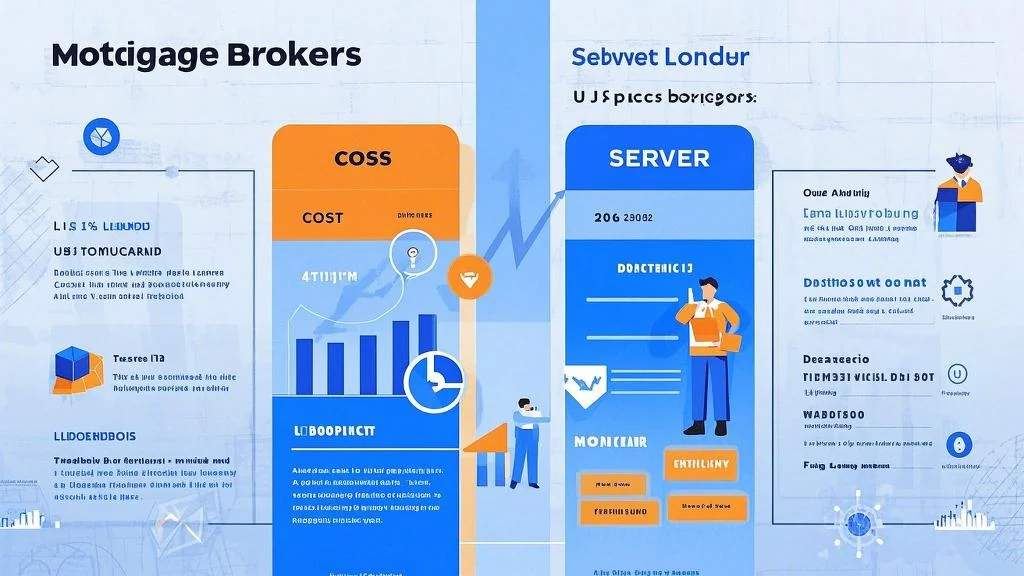When it comes to securing a VA home loan, timing is everything—especially when interest rates are on the rise. The U.S. housing market has seen fluctuating rates over the past few years, and with the Federal Reserve adjusting monetary policies, borrowers are increasingly seeking ways to lock in favorable mortgage rates. For veterans and eligible individuals, VA loans offer unique advantages, such as no down payment and lenient credit requirements. However, navigating the ups and downs of interest rates can be challenging.

Understanding the Importance of Locking in Rates
Locking in a low mortgage rate essentially freezes the interest rate for the life of the loan, regardless of future market fluctuations. This is particularly beneficial when rates are rising because it protects borrowers from paying more over time. VA loans typically come with competitive rates, but securing the best possible terms requires careful planning.
1. Monitor Market Trends and Economic Indicators
Before deciding to lock in a rate, it’s crucial to stay informed about economic trends that influence mortgage rates. Key indicators include:
Federal Reserve Policies: Changes in federal funds rates often impact mortgage rates. If the Fed raises rates, conventional mortgage rates tend to follow suit.
Inflation Levels: High inflation can push rates upward as lenders aim to offset rising costs.
Unemployment Rates: Low unemployment often correlates with a stronger economy, which can lead to higher interest rates.
By keeping an eye on these factors, borrowers can make more informed decisions about when to lock in their rates.
2. Secure a Rate Lock Early
Many borrowers wait until the last minute to lock in their rates, which can be a risky move in a rising rate environment. Lenders are more likely to offer favorable rates when there’s less competition for loans. By securing a rate lock early, especially when rates are relatively low, borrowers can avoid being forced into higher rates later on.
3. Understand Rate Lock Options
Most lenders offer different types of rate locks, including:
Standard Rate Lock: This is the most common option, where the rate is locked for 30 or 45 days.
Floating Rate Lock: This allows the rate to adjust slightly during the construction or purchase phase.
Extended Rate Lock: For larger or more complex loans, this option provides a longer lock period.
Each option has its pros and cons, so it’s essential to discuss them with your lender to find the best fit for your situation.
4. Explore VA Loan Benefits
VA loans are government-backed, which means they often come with more flexible terms and lower rates compared to conventional loans. Additionally, VA loans allow for assumable rates, which can be a game-changer in a rising rate environment. If you’re considering an assumable loan, ensure you understand the terms and conditions, as this can provide significant savings in the long run.
By leveraging these strategies, borrowers can take advantage of low rates before they climb further.
5. Work with a Reputable Lender
A trusted VA-approved lender can make a world of difference when it comes to securing the best rates. Lenders with experience in VA loans understand the nuances of these loans and can guide you through the process. They can also provide insights into market trends and help you determine the right time to lock in your rate.
6. Avoid Cash-Out Refinances During Rising Rates
While cash-out refinances can be tempting, they often come with higher rates and fees. In a rising rate environment, it’s best to avoid unnecessary refinances unless absolutely necessary. Stick to the loan amount you qualify for to maximize savings.
7. Be Patient and Flexible
Even in a rising rate environment, there are opportunities to secure low rates. Sometimes, it’s worth waiting for a few months if you’re not in a rush to close. However, if you’re ready to buy, don’t wait too long, as rates can increase unexpectedly.
8. Use Online Tools and Resources
Take advantage of online tools, such as mortgage rate calculators and comparison platforms, to evaluate different lenders and rates. These tools can provide a clear picture of your options and help you make an informed decision. Additionally, websites like the U.S. Department of Veterans Affairs (VA) and the Housing and Urban Development (HUD) offer valuable resources and updates on VA loan programs.
Final Thoughts
Securing a VA home loan during rising interest rates requires a combination of patience, research, and strategic planning. By staying informed, working with a trusted lender, and exploring all available options, you can lock in a low rate and ensure long-term financial stability. Remember, VA loans are a privilege, and with the right approach, you can make the most of this opportunity to achieve your homebuying goals.
Whether you’re a first-time homebuyer or an experienced borrower, taking the time to explore these strategies will pay off. With the right mindset and preparation, you can navigate the challenges of the housing market and secure the best possible terms for your VA home loan.